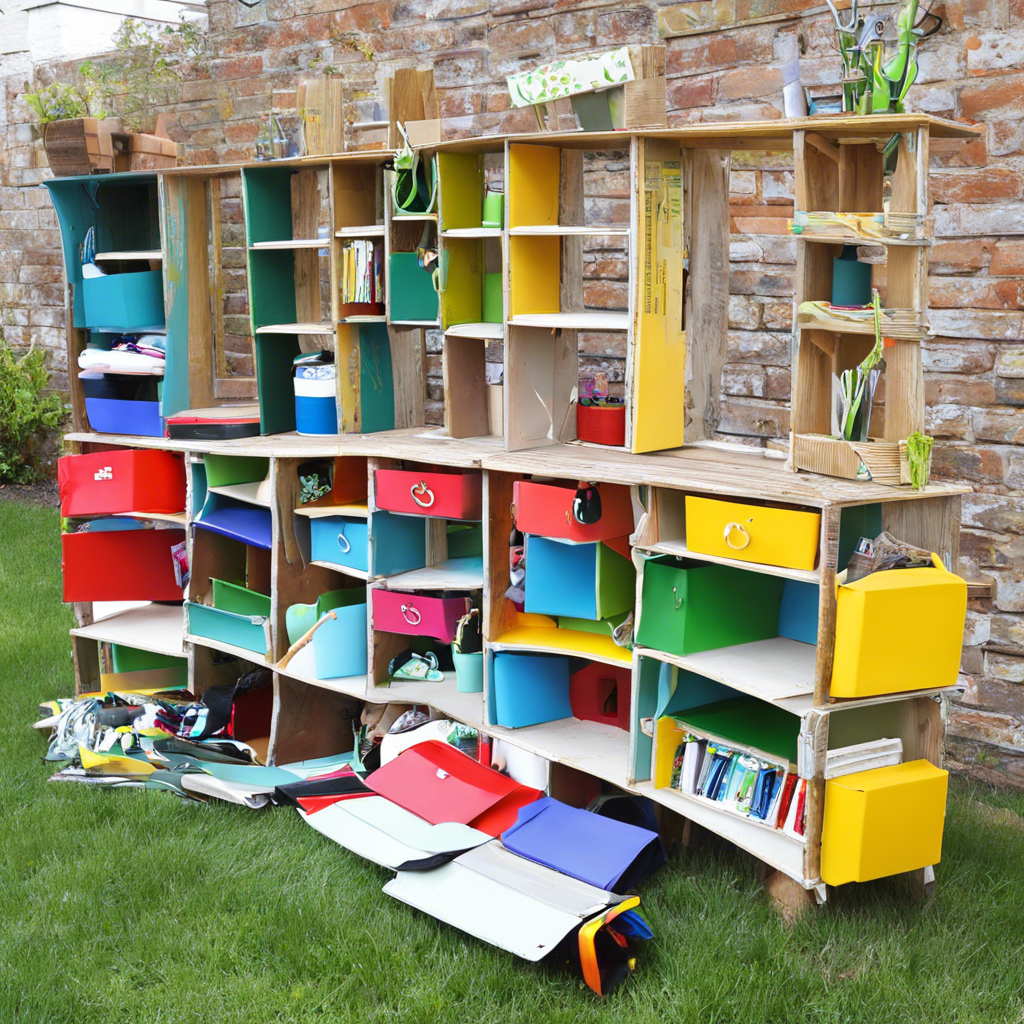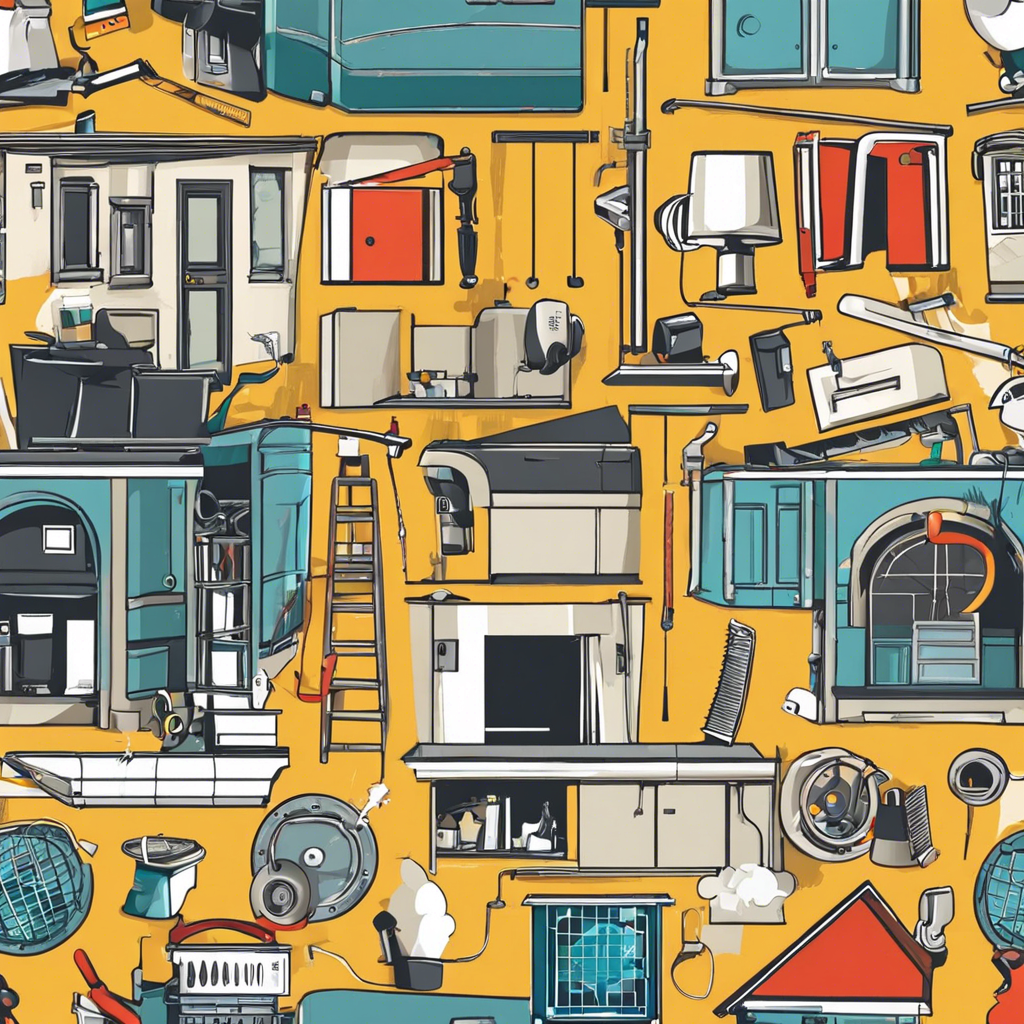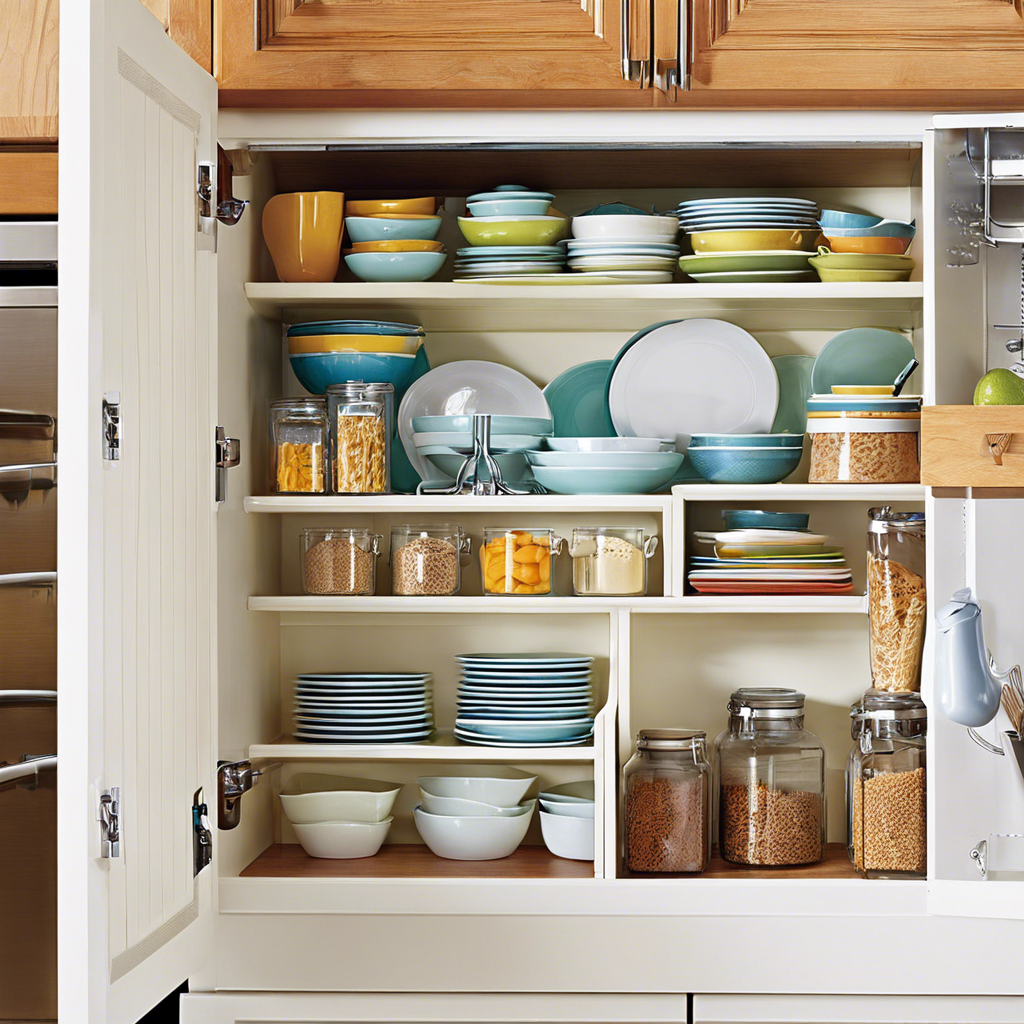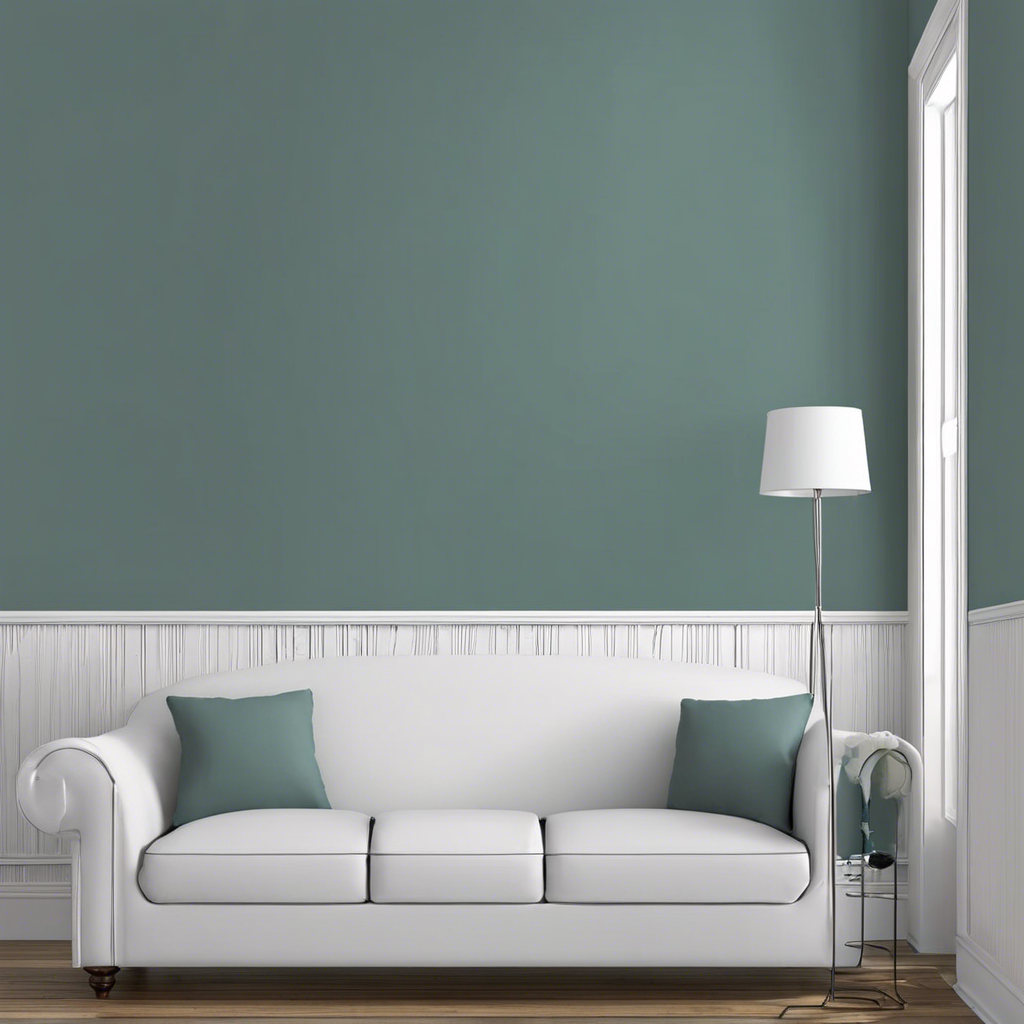Upcycling 101: Turn Trash into Treasure
The world is waking up to the environmental crisis, and one way to reduce our impact is to embrace the trend of upcycling. Upcycling is all about transforming unwanted items or waste materials into something new and useful, giving them a second life. It’s a creative and sustainable practice that anyone can try their hand … Read more






